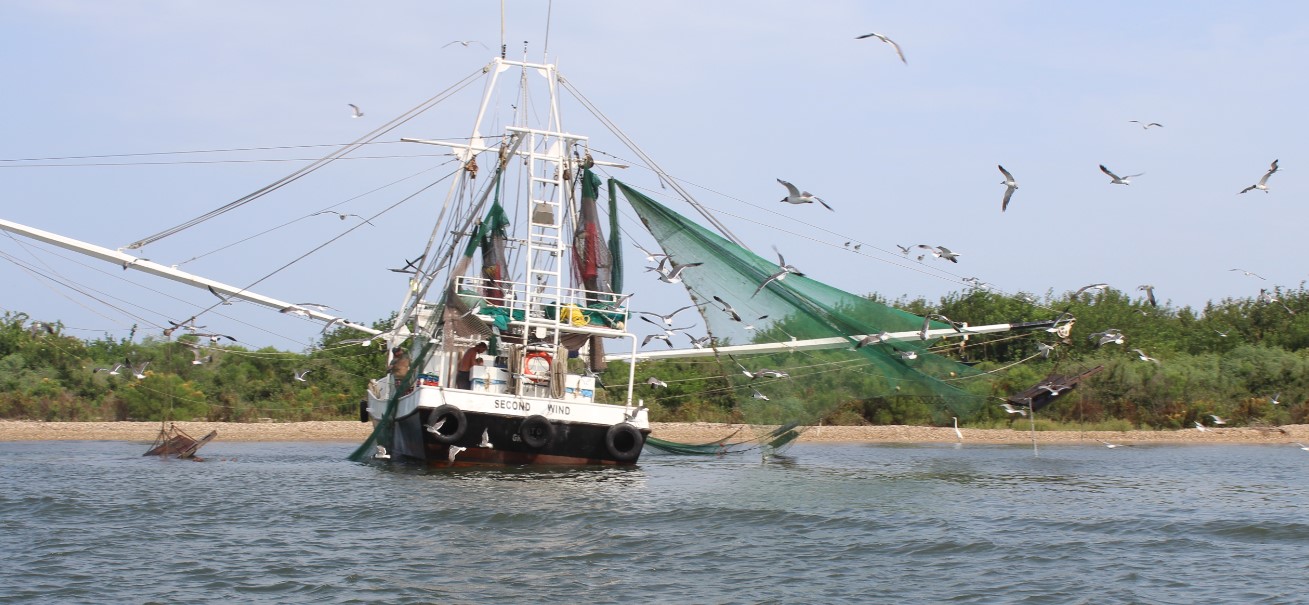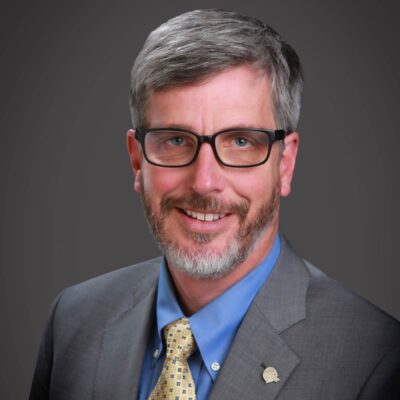 Menu
Menu
- Fenstermaker Insights
- Environmental
- We Choose To Be Responsible
Fenstermaker Insights
We Choose To Be Responsible
By Garvin Pittman, PMP – August 7, 2018


For centuries, people from all over the world have been drawn to the northern coast of the Gulf of Mexico because of its beautiful beaches, majestic swamps and vast coastal prairie marshes. Each of these features appeals to the human spirit in different ways, but they all work together to create a human aesthetic that is among the most cherished in the world. Many hundreds of books, many thousands of works of art, many millions of photographs and probably billions of individual memories comprise the story of the northern Gulf coast.

For centuries, people from all over the world have been drawn to the northern coast of the Gulf of Mexico because of its natural resources and economic opportunities. Native Americans prospered in these areas, subsisting on fish and game animals. Early European settlers did the same and produced only a small effect on the ecosystem. As the population grew and methods of transport and commerce advanced, the resources of the northern Gulf coast served as the catalyst for economic growth. Farmers took advantage of rich soils to produce cotton, sugar cane, soy beans and vegetable crops that clothed and fed a burgeoning nation. Oil companies began buying up land that was previously thought to be of no value and began pumping fossil fuels out of the ground that fueled the nation through the industrial revolution, two world wars and the subsequent baby boom. Louisiana’s iconic cypress trees were harvested in unfathomable numbers to build housing and other structures for millions of immigrants and their children in cities like New York and Chicago.

The northern Gulf coast has a harsh, dangerous and unforgiving side as well. Hurricanes and floods have claimed countless lives and created hardships for many communities. Everyone that lives within a hundred miles of the Gulf knows that it’s not “if” the next one is going to come, but “when” will it come. Many generations of people have struggled with ways to keep their families and livelihoods safe from our natural weather processes. Levees have been built to keep water out. Canals have been deepened and straightened to move water away. Some of these have been built on a large scale, like along the Mississippi and Atchafalaya Rivers, but many have been built on small scales.
 For every action, there is an equal and opposite reaction.
For every action, there is an equal and opposite reaction.
It is impossible to separate the human value of the Gulf coast from its ecological value. Almost every resource that has ever been extracted was either a result of, and/or a major contributor to the ecosystem. Human activities have created irreparable changes to the ecosystem. For many decades, scientists, landowners, hunters, fishermen and nature enthusiasts of all types have been noticing in their own ways, that changes are happening and that many of these changes can be considered to harm the ecosystem. The reader can think of a turtle nesting habitat that has been replaced by beach communities, or nutrients coming down our rivers and creating dead zones in the Gulf. Some of these changes create temporary, yet unsustainable benefits. These may be more difficult for the reader to grasp, but as an example, the movement of salt water into marshes that causes the marshes to break apart and decay. This marsh decay provides an abundant food source for shrimp growth, which provides a food source for many other species, including humans, but the reader can imagine that if left to occur, we will eventually have no marshes and consequently, no shrimp.

The United States of America is a great nation. Our relatively young history and culture is as inextricably tied to nature as it is to our economy. The reader can think of songs that speak of redwood forests and gulf steam waters and purple mountain’s majesty and fruited plains. The map of the United States is dotted with patches of national parks, wildlife preserves and sanctuaries. Millions of American citizens and industries volunteer or donate to local or national causes that promote responsible use or restoration of our beautiful and natural resources. No less than five federal agencies and dozens of sub-agencies are mandated in some way to the protection, preservation and restoration of our environment.
Funding for preservation and restoration of the Gulf coast was slow to come, it began in the form of a trickle in 1990 through Breaux Act, or Coastal Wetlands, Planning, Protection and Restoration Act (CWPPRA). CWPPRA didn’t allocate enough funds to reverse the losses that our ecosystem has experienced, but it provided enough funds to manage small scale improvements, and more importantly, it facilitated the growth of an industry. There are now coastal engineers, project managers, scientists, economists and public engagement specialists that have built their careers around the many complex issues that face our coastal ecosystem and economy.
The last half of a decade has seen the advent of new, much larger funding sources. These new funds will allow our industry take on challenges that the previous generation could only dream of. We now have great power to affect change. But, as one comic book hero said, with great power comes great responsibility.
 For every action, there is an equal and opposite reaction.
For every action, there is an equal and opposite reaction.
Every action that we take will have positive effects on some species and user groups and have negative effects on others. Our scientists, project managers, engineers and leaders must take the time to understand all of the consequences of each action. As I heard someone say recently, before you can connect the dots, you must collect the dots. What does this mean for us? At Fenstermaker, we provide more than just simple, task oriented services like surveying, geotechnical engineering and coastal engineering. We have assembled a small group of industry experts that knows to look deeper, that knows to engage additional stakeholders and that knows that to generate real solutions, we must look at systems with an eye for holistic improvement. We know this industry. We know its people, its resources and unfortunately, its limitations. We engage the best possible people to help us find solutions. We choose to take great responsibility.
Related Capabilities
- Markets
- Services
Your company’s success is our business
Discover our industry-leading products and service that our customers have been trusting in for decades. Whatever your need, we’re here.